This Round-Up covers the following entries of All Saturn Games in Order:
Part 02: Summer - Bug!, Myst, Astal, Robotica, Street Fighter: The Movie
Part 03: September - Minnesota Fats: Pool Legend, Virtual Hydlide, Shinobi Legions, Cyber Speedway, Shanghai: Triple-Threat, Virtua Fighter Remix
Part 03A: Special - The Hydlide Problem
Part 04: October - NHL All-Star Hockey, World Series Baseball, Off-World Interceptor Extreme, Romance of the Three Kingdoms IV: Wall of Fire, SimCity 2000, Black Fire
Part 05: November (Part 1) - Corpse Killer: Graveyard Edition, The Mansion of Hidden Souls, Rayman, Theme Park, NBA Jam: Tournament Edition, Virtua Cop
Part 06: November (Part 2) - Dark Legend, Quarterback Attack With Mike Ditka, Sega Rally Championship, Digital Pinball: Last Gladiators, Double Switch, Ghen War
Part 07: November (Part 3) - High Velocity: Mountain Racing Challenge, V.R. Virtua Racing, Solar Eclipse, Galactic Attack, Virtua Fighter 2
Part 08: December - Bases Loaded '96: Double Header, Center Ring Boxing, Gex, Valora Valley Golf, Hi-Octane, FIFA 96, Mystaria: The Realms of Lore, Thunderstrike 2
----------------------------------------------------------------------------------------------------
1995 in (Further) Review
Picking up where we left off with the Playstation in 1995, we can see the predicament that Sega got itself into as the yin to Sony's yang. The guys in charge of Sega probably would have felt good about themselves at the beginning of the year, but by the end it would have taken someone truly ignorant to fail in noticing that there was no longer ground beneath their feet. So, what happened? There are enough details and enough uncertainty to fill many pages, so I'll only go through the commonly accepted points.
Starting at the beginning, Sega bolted too much junk onto the Genesis too late into its lifecycle. Not having participated in video games at the time, this all might as well be ancient history for me. I needed to make a timeline to organize Sega's various hardware releases:

Now, can you identify from the above picture where this whole thing gets hinky? You're absolutely correct. The 32X was a massive mistake, but this isn't exactly news to anyone. It seems that the original idea for it was to serve as a low-end option for 32-bit gaming, with it being sold for half the price of the Saturn. I'll get into how Sega screwed themselves on pricing later on. Suffice it to say, this plan was poorly executed and disastrous. Aside from the market confusion that Sega brought on itself, there is a further underlying aspect about software availability on the market as well. I've also tried to organize this into a timeline:

This one requires more careful consideration. We know that by the fall of '94 there were (mostly) two types of games that could be bought for Sega hardware, Genesis/Mega Drive carts and Sega/Mega CD discs. I say mostly because there were Master System games still coming out in parts of Europe and Brazil until the late '90's; if you take anything away from this, it's that there is no accounting for PAL territories. Anyway, for the holiday season of 1994 Sega added a third set of games to international store shelves in the form of 32X carts. In Japan, a fourth set of games was simultaneously added to shelves in the form of Saturn discs. That fourth set would be added to American and European stores in May and July of 1995. This would mean that someone walking into a game store during the holiday '95 season would find four different kinds of Sega games on shelves. In generational transitions it's normal to find two types of games from each manufacturer for some amount of time, but not four. There's never supposed to be four independent SKUs or semi-incompatible sets of physical media. I've seen casual consumers have trouble in normal transition periods, so I can only imagine the retail fiasco for Sega games in 1995.
Now, I'm writing that as an American. This effect doesn't seem to have been that bad in Japan. The Mega Drive was decisively winding down there in '95, selling less than 100,000 units, and only seeing two-dozen new games across the whole year. The Mega CD was seeing a similar wind-down and the 32X was an afterthought that was never really meant for Japanese audiences. 1994 and '95 saw a relatively quick and clean generational transition for Sega in Japan. Meanwhile in North America and Europe, all the old hardware saw software support going well into the Saturn's lifespan. Sega seems to have catastrophically mishandled the non-Japanese parts of the world. That's insane to think about, considering that Sega's dominance outside of Japan was the key to their prior success.
Then there's the issues inherent to the hardware of the Saturn itself. This is also a famous problem, and a stroke of madness that I am incapable of understanding. I'm not an engineer, so I can only encourage you to read through Rodrigo Copetti's excellent detailed breakdown of the Saturn's architecture. As far as we're concerned, Sega used the 'Why not both?" approach to system design and shoved the thing full of processing chips in order to render 2D and 3D graphics separately. This is a non-ideal setup for software development, which led to this not-at-all humble Yu Suzuki quote in Next Generation magazine:
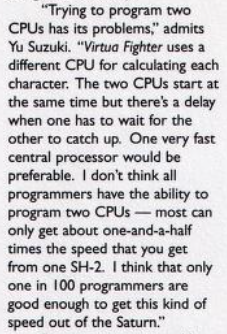
Developers are never going to enjoy wacky processing architecture, so they will always prefer the least wacky available alternative. If the Saturn was only competing against the Nintendo 64, which has its own insane nonsense, then it would have been a toss-up in programming misery. Yet, the Playstation existed and was significantly more straightforward to work with than either of the other consoles. When you include non-technical considerations, such as Sony (supposedly) being easier to work with and charging a smaller license fee, you end up with Sega being at a severe disadvantage in enthusiasm among developers.
So, there's consumer confusion and developers are grumbling. Who else could Sega tick off? That's right, retailers. The last-minute decision by Sega to release the Saturn in the North America four months ahead of schedule completely scrambled their pre-established production and distribution plans. Only a handful of game retailers were included in the hastily reworked plans and the executives at the spurned companies were pissed. Sega of America was forced to put in a lot of time trying to repair their burned business relationships instead of doing anything that added value. The punchline is that the extra time on the market didn't give the Saturn any advantages. Other than the launch titles, only five additional games would come out before 9/9. This also didn't establish any significant install base, as the Playstation immediately passed the Saturn in sales once it hit shelves.
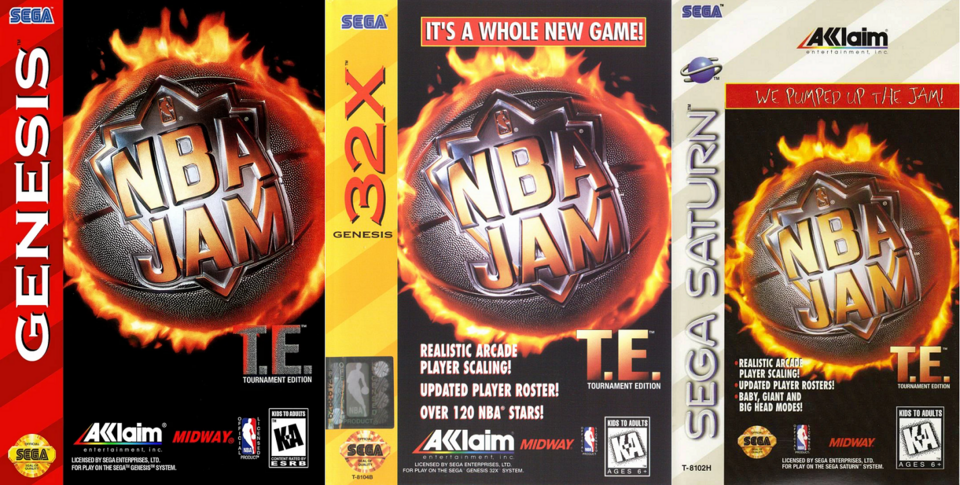
That finally brings us to the infamous pricing and Sega's overall marketing failure. The moment that everyone knows about is the price announcements at the first E3 in 1995. Sega announced the North American price of the Saturn at $399 (roughly equal to $779 in 2022 dollars) and the next day Sony announced, with understated theatrics, that the North American price of the Playstation would be $299 (roughly $584 in 2022). No one recovers from getting dunked on that hard. Yes, I know that the price difference is largely accounted for by the internal memory and pack-in game, but consumers rarely care about those details. This led Sega into a devastating price war with Sony that would see both consoles sell for $199 by the middle of 1996. Sony could plug their negative profit on hardware sales with that sweet Walkman money, but Sega didn't have the same luxury. Between their fumbling of the Mega Drive's long legs and their bitter arcade war with Namco, they didn't seem to have the financial safety net to take a loss on the Saturn.
How was the advertising? Well, someone thought these were good ad spots to put out for the console launch:
In retrospect, I can appreciate whatever avant-garde nonsense is going on here more than the corporate 'tude of the Playstation advertising. But the point wasn't to entertain me in the future, it was to convince teens to fork over $400 in the summer of '95. It's hard to see anyone becoming convinced by this approach. Now, Sega eventually realized where they screwed up and by the end of the year were putting out stuff like this:
This is more in line with target audiences, and you can notice Sega desperately trying to dig themselves out of their pricing perception hole. The thing is, when the public gets it into their heads that something is bad, it's going to take a lot to convince them otherwise. Which was more than Sega could do, in the end.
That eventually brings us to the point. Every new generation of consumer electronics requires manufacturers to place bets on future trends. The correct bet would have been to throw everything into 3D processing and high-capacity ROM, such as was done by Sony. Sega tried to play things conservatively, giving themselves options to do everything and failing at all of it. They put all of their chips on black, and the roulette wheel only had red slots. The Mega Drive/Genesis enjoyed dominant market share in Europe, majority in North America, and a strong second place in Japan. That left Sega in a strong position to ride the explosion of the western console market and weather the decline of the Japanese market in the late-90's. Yet, in the end the leadership decided to double down on beating Nintendo in Japan. Sega's efforts in other territories were left twisting in the wind, which resulted in a massive loss in the generational transition in North America and utter rejection by Europeans.
The calamitous nature of that approach cannot be understated. Sega went from doing roughly 80-90% of its sales outside of Japan with the Mega Drive to less than 40% with the Saturn. Going from the Mega Drive to the Saturn, they traded a lifetime increase in console sales of 2 million In Japan for a lifetime decrease of 30 million in the rest of the world. The most shocking thing is that Sega continued to exist after 1998, but that's a story for another time.
As a final note, Sega is a corporation. Which means that it is not a single entity but a collection of people who try to point in the same direction. When we say that Sega did something, we mean those people. Thus, the bad decisions made by Sega were the bad decisions of some number of the people running things. Finding out exactly who was responsible for what is a complicated endeavor. All the main actors in the various Sega offices all had things to say during and after this catastrophe, and we can't view their statements as objective truth. Everyone has self-serving reasons to embellish their accounts and fob off blame, and so many things went wrong that I'm inclined to assign responsibility to all of the major decision makers across territories. As much as Tom Kalinske claims to have been a bystander in the Saturn mess, he at least participated in the 32X debacle. No one with authority in mid-90's Sega is innocent of negligent incompetence.
But no one is reading this for business history, so what happened with the games? By the best reckoning I could find, there were 48 of the things released for the Saturn in North America in 1995. There are quantitative ways of evaluating this motley collection, as we shall explore below.
----------------------------------------------------------------------------------------------------
Numbers and Such
Let's start with a quick refresh of my primary metric for evaluating these games, the Borgmaster Ordinal Ranking Qualifier (BORQ). To get this metric, I take the unofficial, canonical Ranking of All Saturn Games and divide the total list into quintiles. Each of the five sections are assigned a number from one to five, with the top section getting a 5 and the bottom getting a 1. This number is the BORQ score for any of the games in that section. You can think of it as kind of a 1 - 5 scoring system. Any subset of games on the list can have their BORQs averaged to get a BORQ score for that group. The average BORQ of the entire list is 3, meaning that any score below 3 is below average and any score above 3 is above average. As a final note, because the number of Saturn games released in 1995 is sacrilegiously non-divisible by 5, the first and last quintiles have 9 games each and the middle quintiles have 10. The math still works.
Let's start by looking at a breakdown of Saturn games by their source system and month.

We can see that, as with the PS1, the arcade ports were the best games. More worryingly, the quality of releases in the rest of the year never quite lived up to the launch line-up. Also, the range of BORQ scores across the months (not counting Bug! In July) is very wide, going from 2.25 in December to 3.87 in May. By comparison, the range across months for the PS1 goes from 2.45 in December to 3.33 in September. If I were scheduling game release dates, I would want consistent quality instead of extreme highs and lows. Things don't look better for the Saturn when we break the games down by development region.

The Saturn was primarily a machine for exporting Japanese games (usually made by Sega) to the rest of the world. This was a normal practice at the start of the last couple of generations, but Sega was doing this while Sony was figuring out the potential of favoring games in their home regions. We can also see the beginning of the soured relationship between Sega and the European games industry. The gulf in quality between Japanese and American games is at least not as wide here as on the PS1, though that's due to Sega's increased willingness to import horrific garbage from Japan, such as all of T&E Soft's games and The Mansion of Hidden Souls. There's more to take away from these two tables, but I ain't made out of time. Draw your own conclusions.
Moving on, the BORQ only describes the quality of games within a given set, not between different sets. So, how do we compare the quality of releases for the Saturn and Playstation in 1995? There's no good way to do that with our current set-up, and re-ranking everything in a unified list would require me to replay all 98 of these games again, which isn't happening. But there are a couple of things we can do. In the ranking, I noted the dividing lines between games I liked, games I would recommend for whatever reason, games I wouldn't recommend, and games I hated. This is a bit wishy-washy, but it can work in a pinch. Alternately, we can try to compare the rankings of the games shared between the two systems, though that method has its own caveats. Let's try both and see what happens. For reference, here are the two lists with the shared games linked.
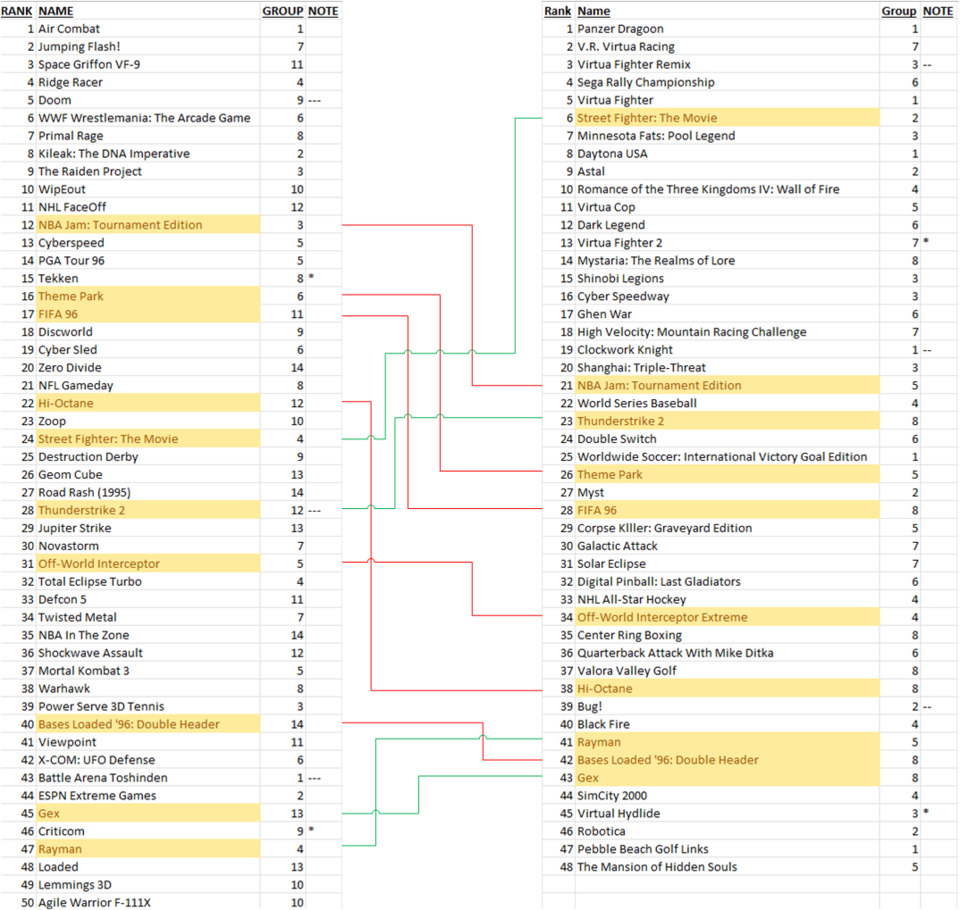
Starting with the easy bit first, the PS1 had 5 games that I enjoyed versus 3 on the Saturn. The PS1 had 22 games that I would recommend versus 16 on the Saturn. 14 vs. 19 for games I wouldn't recommend, and 8 vs. 10 for games I hated. From that, it's obvious that I enjoyed the PS1 catalog more. That isn't a great way to judge these games, as I could have been in a pissier mood while playing the Saturn games, or there could be differences of taste. Some sickos might love Mystaria or Twisted Metal, for example. We can already see in the above chart that the shared games aren't in the same order between the lists. This makes sense, as some games run worse on one platform than the other. I created the following table to try and untangle this complication.
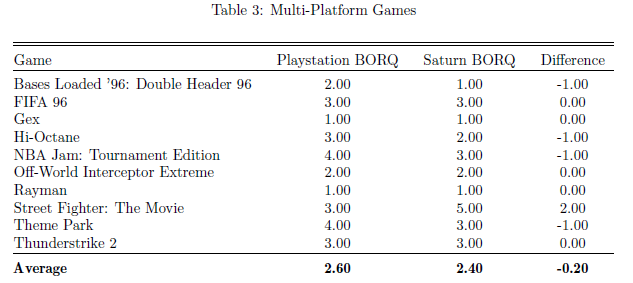
These games on average score lower on the Saturn than the Playstation. What does this mean? Are the Saturn versions worse or are there more good games on the Saturn crowding them down? I would say a little bit of both. I'm still mildly traumatized by how bad Hi-Octane ran on the Saturn, and the controls felt worse here for half of the other games. Yet, that distribution in the side-by-side up there is lower on the Saturn, with a large chunk of exclusives in a top-middle chunk. So, maybe the Saturn had more objectively good games than the Playstation, but also fewer truly fun games and more abject garbage. Is a system with larger extremes better, or a system with more consistency? That does come down to personal preference, though we know what the buying public chose.
----------------------------------------------------------------------------------------------------
Saturn 1995 GOTY Award
Continuing with the idea that the Saturn had a large number of games that were basically good, we have a more difficult GOTY ranking here than with the PS1. I'm keeping the basic decision-making process that I had there, because why fix something that isn't broken. As such, here is a screenshot of my spreadsheet for reference:
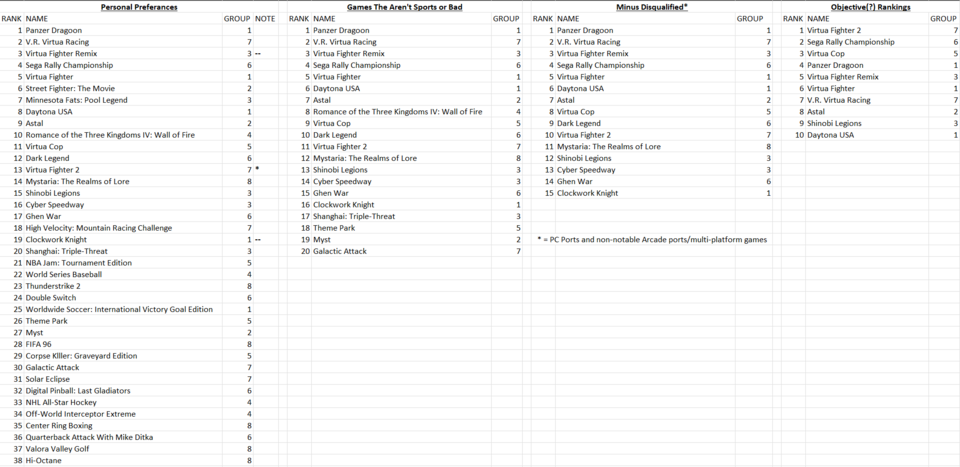
Step 1 is to cut the worst garbage, which gets us from the original 48 games down to 38. Next, we remove the sports games, which are reserved for other purposes, and excise the remaining bad games. I will fully admit that I like crap sometimes, so this is necessary. Among other junk, this is where we have to say goodbye to Jean-Claude Van Damme and our dear friend Mr. Fats, what a pool legend. From here we filter out games that appear elsewhere and which are not notable. This step is more selfishly motivated than anything else, because, I mean, how the hell am I supposed to objectively rank Shanghai: Triple Threat? This brings us down to 15 eligible games. That makes the final top ten list trickier than with the PS1, which had only ten eligible games.
My method for semi-objective ranking is still going to be the same as last time. As a reminder, I'll evaluate and rank the games using the following loose criteria:
- Is this game a complete thought?
- Is the creative idea behind that thought any good?
- Is that creative thought properly executed?
- Is the end product novel in any way?
I haven't yet found a better way to handle this last step. Even with this process, it's difficult because all of these top-end Sega developed games are made to roughly the same level of quality. So, there's not a ton of difference in quality going from 2nd to 7th on the final list, and I can easily see those being reordered depending on different judgement. The last three were also difficult, as I had to choose from the eight remaining eligible games. Even though this final list is objectively correct, I'm not as confident in it as I was with the PS1. Here it is:
- Virtua Fighter 2
- Sega Rally Championship
- Virtua Cop
- Panzer Dragoon
- Virtua Fighter Remix
- Virtua Fighter
- V.R. Virtua Racing
- Astal
- Shinobi Legions
- Daytona USA
Hopefully, the number one choice of Virtua Fighter 2 should be obvious to everyone. It's as feature rich as a fighting game of this era could be, it was a good idea, it's the most technically impressive game on the Saturn, and improvement in these qualities make it more novel than most sequels. Sega Rally Championship belongs at number two, since it's the most technically impressive racing game here and the game that got the Rally Racing genre off the ground. That makes it a good and novel idea done well. Third and fourth are tough, being a decision between the best light gun game and best rail shooter of the time. Virtua Cop probably wins that fight, being more important to gaming at large. The first two Virtua Fighter games slot in easily at five and six, and in the obvious order. I put V.R. Virtua Racing at seventh because of how primitive the production and driving are, despite the completeness of the overall package. Skipping a bit, Daytona USA is at tenth, and thus separated from the other Sega games, as a penalty for being janky as all hell. Finally, Astal and Shinobi legions go in at eight and nine because of the remaining seven games, these are the only two that I would say are good with the least qualification. Astal beats out Shinobi Legions because the overall design and play experience are slightly better.
Congratulations to Virtua Fighter 2 for being the best Saturn game of 1995. That fits, since its nemesis, Tekken, is the best PS1 game of 1995. I've already voiced my thoughts on which of these games is better, and I will be happy to play neither of them ever again. This is the most that the Sega-Namco arcade war is going bleed into North America, so 1996 is certain to have a much different throughline.
----------------------------------------------------------------------------------------------------
Sports Ranking Update (Sponsored by Blitzball)
Now onto the important part: SPORTS, or as they say in France: LES SPORTS. We have a separate ranking and award for sports. Being on a different console, we have a new batch of games to consider in the rankings. Also, I'm going to make this more systematic by incorporating the BORQ into this. But less talk, more action. Here's the ranking of sports, based sole on Saturn games:
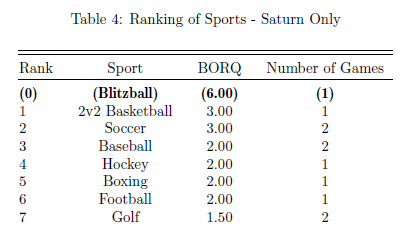
I've based the rankings off the BORQ, because it's already there and using it allows me to do less thinking and more sporting. Now, I have this section's sponsor, Blitzball, in position zero of the list as a reminder that it is the perfect sport and everything else can only hope to compare. The top of the list is boring, so let's look at the bottom. It's obvious from looking at it that Golf is the worst sport of all time, because there are too many lava hazards. Going up from there, Football isn't any good because the crowds are wooden, and Boxing just moves too slowly.
This isn't action-packed enough for me, though. Let's combine the PS1 rankings with the Saturn rankings to get a definitive Best Sport of 1995.
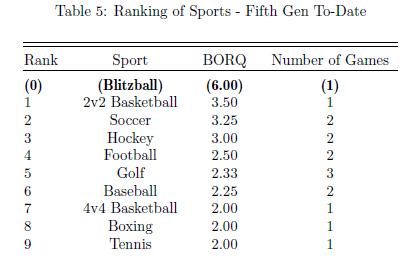
This is more like it! Turns out that Tennis is the worst sport, which, yeah. This also clears up an awkward situation from the PS1 Sports Ranking, as this combined list knocks Hockey down from first to third. This saves me from having to deal with the awarding Best Sport to something made up. It would sully the dignity of this blog to declare a fictitious sport the greatest of 1995. Instead, we get to congratulate 2v2 Basketball as being the Greatest Sport of 1995, and thus of all time. Considering the massive difference in rank between 2v2 and 4v4 Basketball, it is indisputable that Basketball gets better the fewer people there are playing it. That's why Slam City with Scotty Pippin is the best Basketball game of all time.
----------------------------------------------------------------------------------------------------
Saturn 1995 BAOTY Award
We've all been told that beauty is skin deep, which is why it's the only thing that matters. This is especially true for video games, and not in the graphics. I'm talking about the box art. What's the best-looking box art for the Saturn in 1995? After reviewing all of the candidates, I can tell you that it sure as hell isn't any of the American or European boxes. Game long boxes are ugly as all get-out. That leaves us, like Sega, with only Japan to consider. With that limitation in place, the 1995 Box Art of the Year goes to *drum roll*:
WINNER: Panzer Dragoon (Japan)
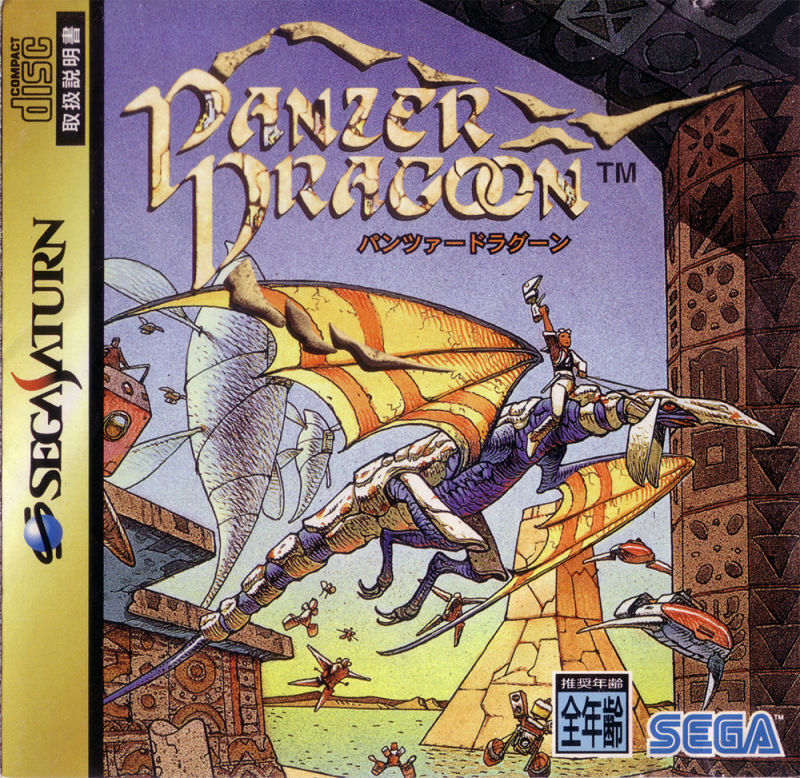
Runners Up: Virtua Fighter Remix (Japan), Minnesota Fats: Pool Legend (Japan)
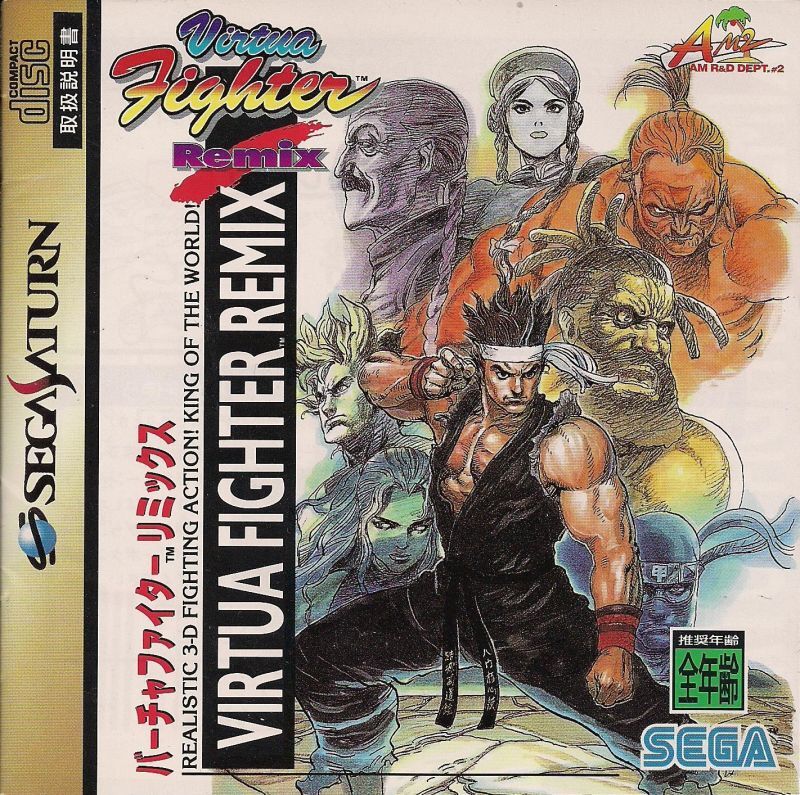
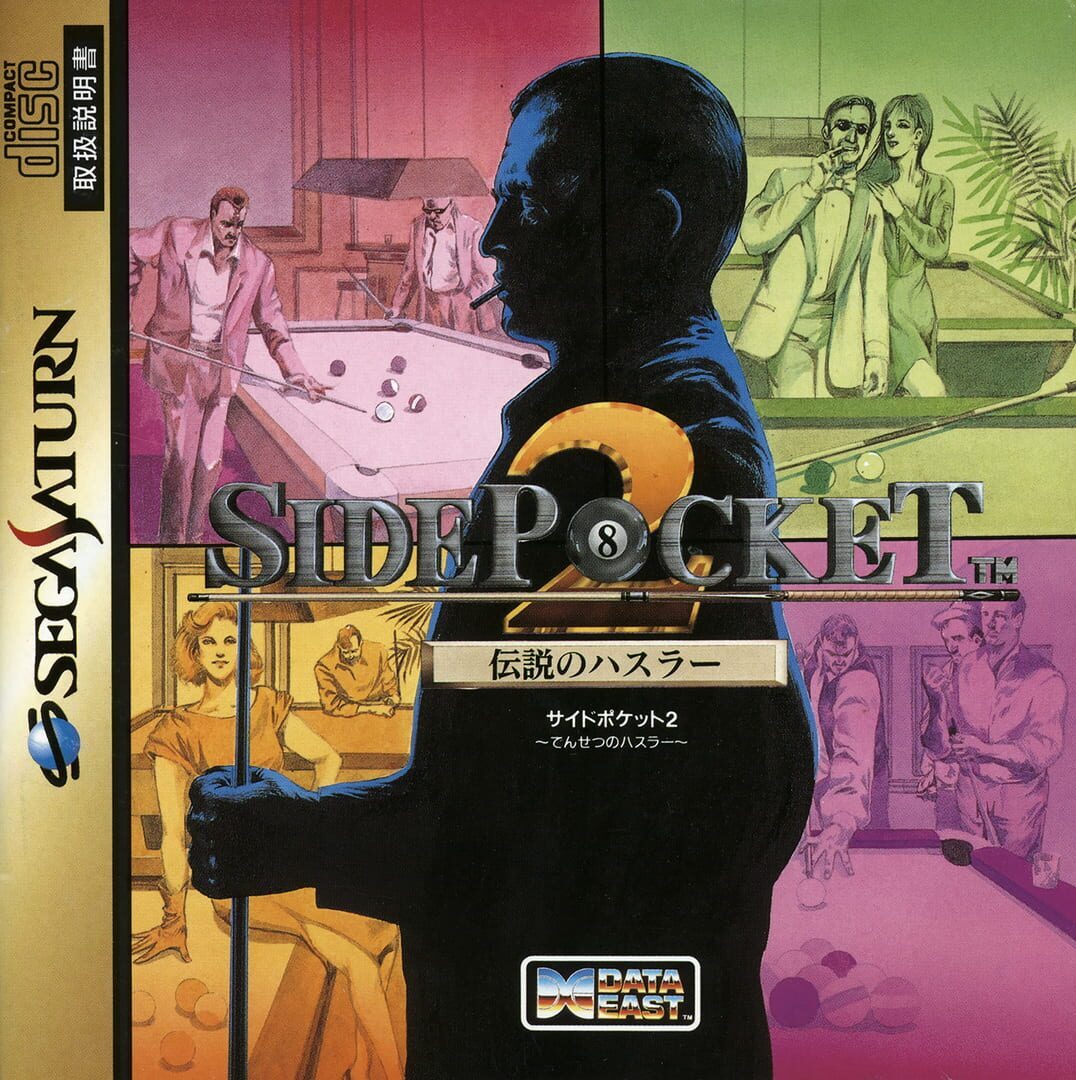
Honorable Mentions: Galactic Attack (Japan), High Velocity: Mountain Racing Challenge (Japan)
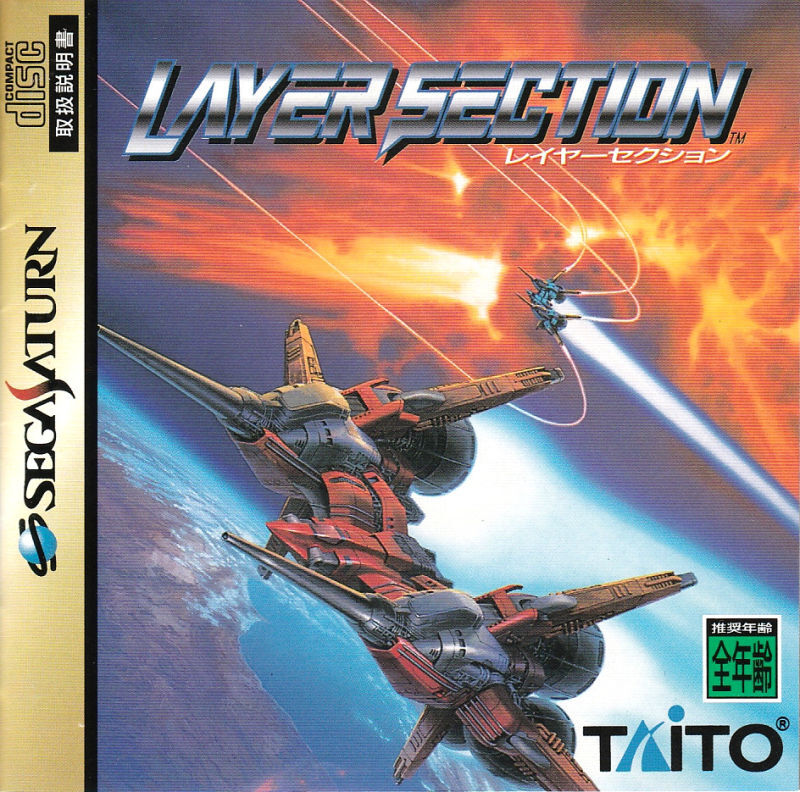
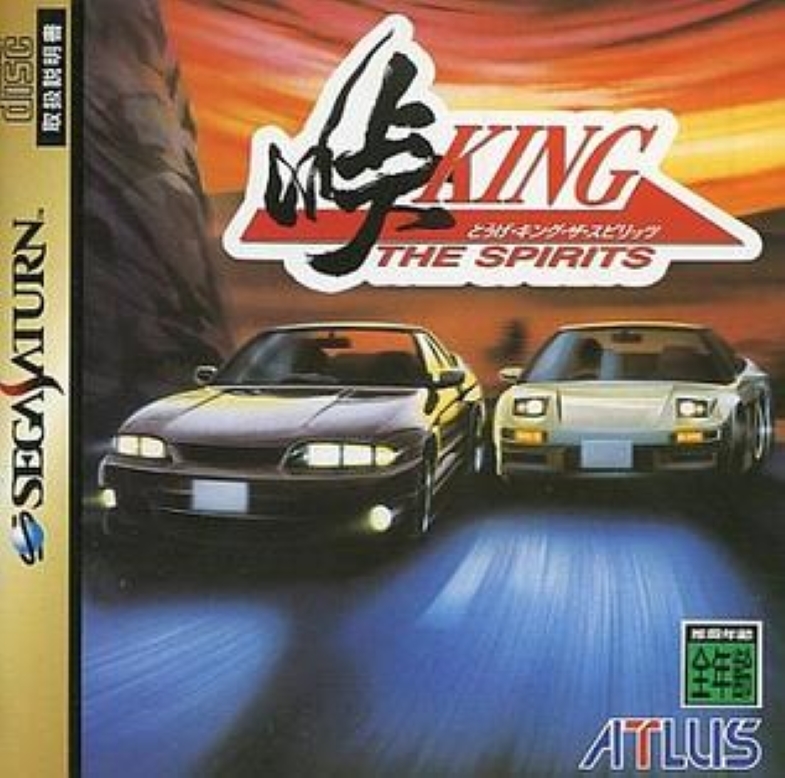
----------------------------------------------------------------------------------------------------
What's Next
The closing of this blog entry puts a pin in 1995 for the Saturn and PS1. It's time to turn the wheel over to the beginning of 1996 and look forward from here. My calendar has 174 Playstation and 119 Saturn games released in 1996. That's a lot. So, to make this more manageable I'm going to start with Q1 of 1996 for both. From 1/1 to 3/31, the PS1 had 28 games and the Saturn 21. Starting next time, we're going to jump back over to All PS1 Games In Order to look at the first four games of 1996: Cyberia, Revolution X, Philosoma, and Goal Storm. I plan to continue that through to the end of Q1 and then switch back to All Saturn Games in Order to cover those releases in the same time period. Hopefully this staggered approach will make things easier to handle.
And yet, something is still missing. The whole point of looking at the Saturn was to provide context as the Playstation's largest competitor. There's more context, though. Neither the PS1 nor the Saturn were the first 32-bit consoles on the market, meaning that there was a pre-existing context that they launched into. Is that context important? I have no idea! Which means that I need to find out. So, starting either next week or the week after, I will begin a parallel running series that will publish whenever I have spare time. I'm not going to pause the main narrative, but I will hope to catch up to it by the end of 1996. That's because the topic of this new series will reach its conclusion by the end of that year. That's right, I'm going to confront my antagonist head-on and review All Amiga CD32 Games- wait, wrong continent. I'm going to confront All 3DO Games (Kinda) In Order. The same caveats will apply there as here, except with one major addition: those damnable release dates. There's more to say about that in my most self-indulgent section below.
----------------------------------------------------------------------------------------------------
Grousing About Chronology
162 games were released for the 3DO Interactive Multiplayer in North America, and I only have exact release dates for 39 of them. I have launch years for all of them, at least. I have tried looking for better dating, but I have come up empty. This pisses me off to no end. It seems impossible to do any chronogaming worth the label. But the games are still there, and they came out before the PS1 or Saturn, meaning that the context exists. So, given the choice to half-ass a 3DO series or not do it at all, I made the obvious decision. Outside of the launch day, I will cover 3DO games grouped by year and in alphabetical order. Thus, even though Battle Chess was almost certainly not the second released 3DO game in reality, it will be the second game in the series because the truth is lost to time. Did Twisted: The Game Show come out before or after Star Wars: Rebel Assault? The answer I found is that I should go fuck myself, so Twisted is number 014 and Rebel Assault is number 011. The solution to the Gordian Knot isn't to untangle it, it's to cut the mfer in half. This is all unless I'm terrible at research and someone out there has a usable list; hit me up if you got that info.
----------------------------------------------------------------------------------------------------
Hall of Unused Screenshots
Clockwork Knight:
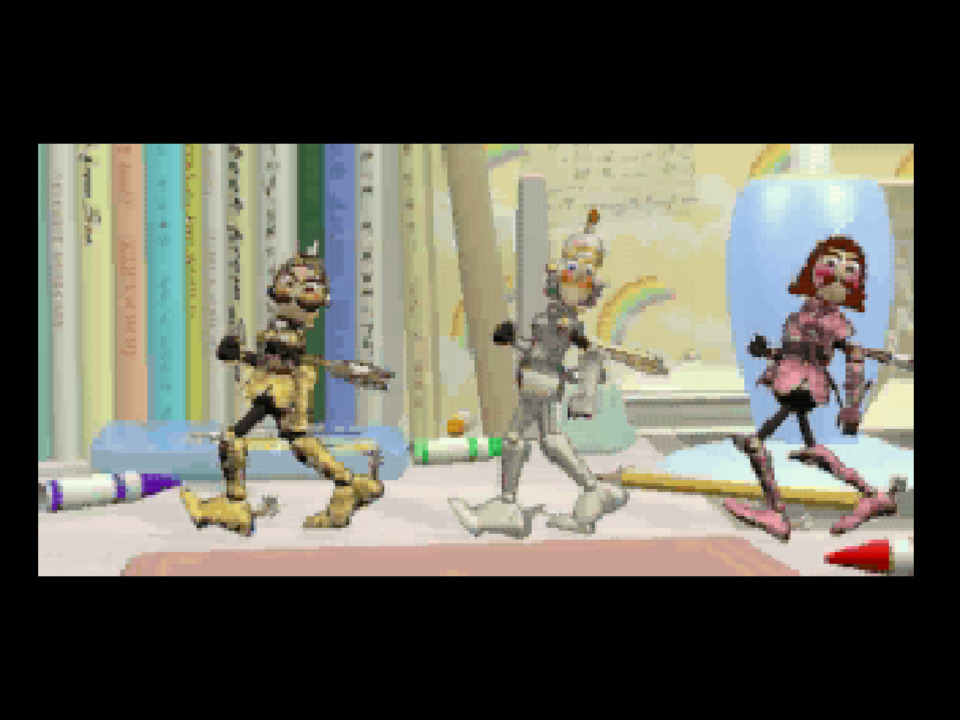
---
Panzer Dragoon:

---
Pebble Beach Golf Links:

---
Myst:
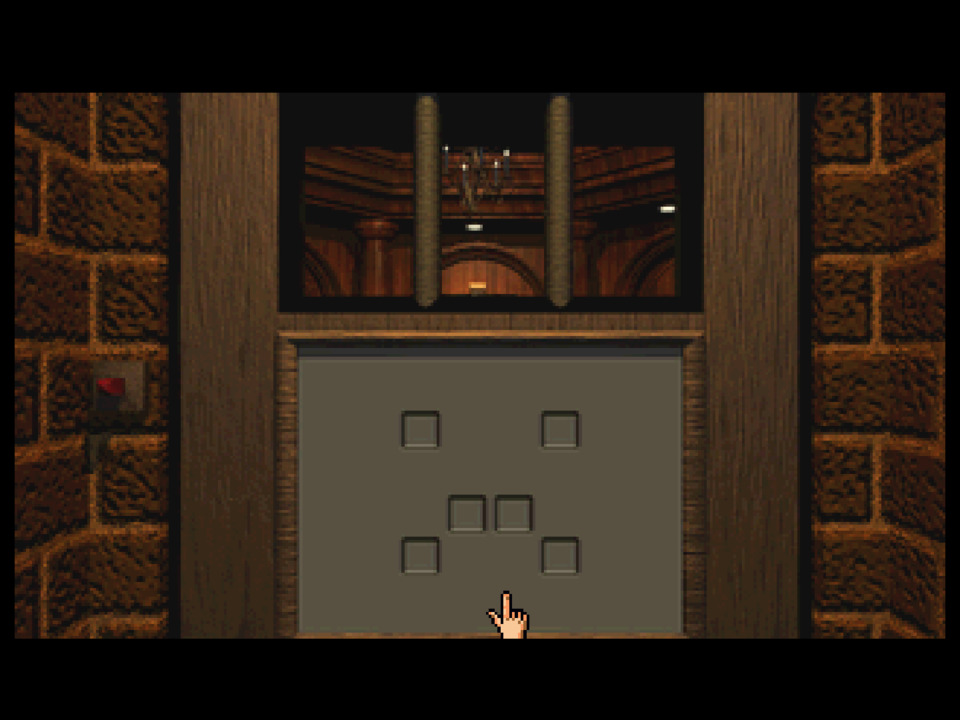
---
Astal:

---
Virtual Hydlide:
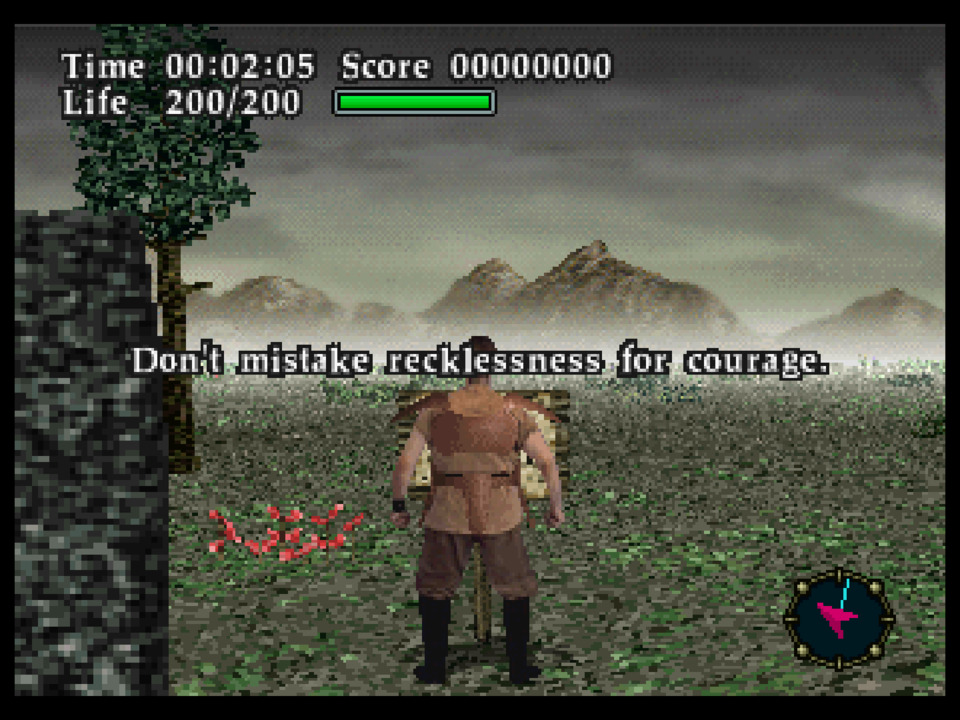
---
Shinobi Legions:
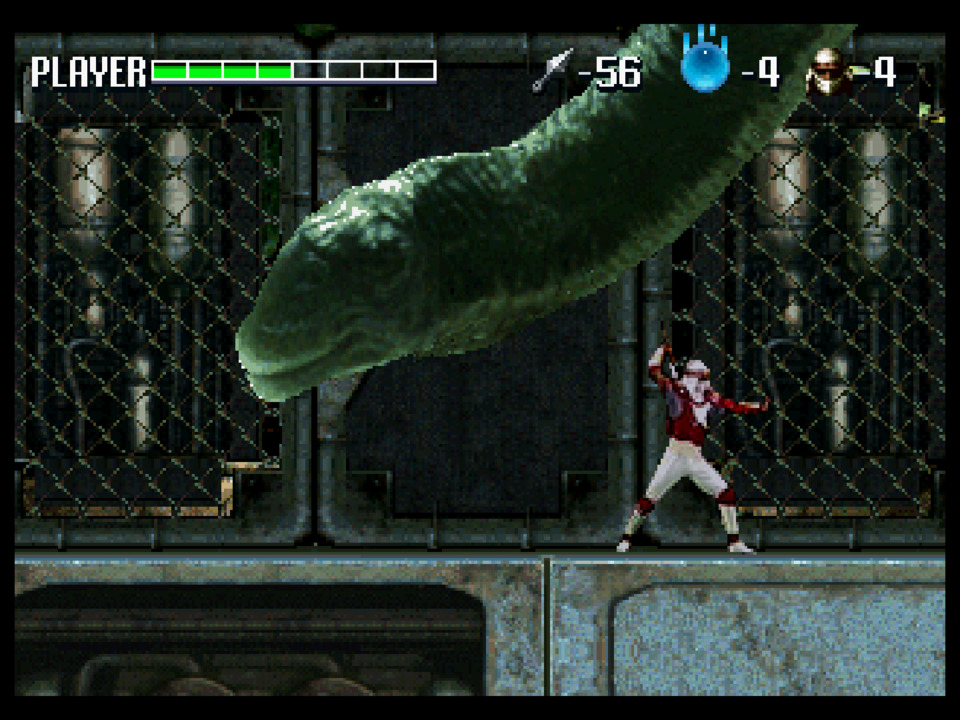
---
Corpse Killer: Graveyard Edition:

---
The Mansion of Hidden Souls:
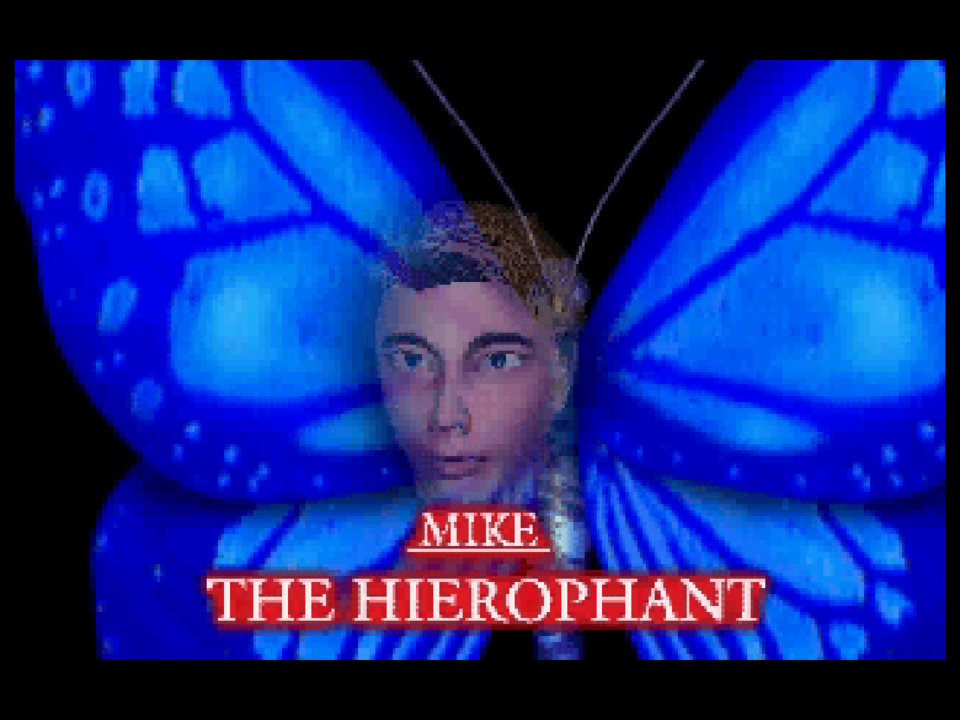
---
Dark Legend:
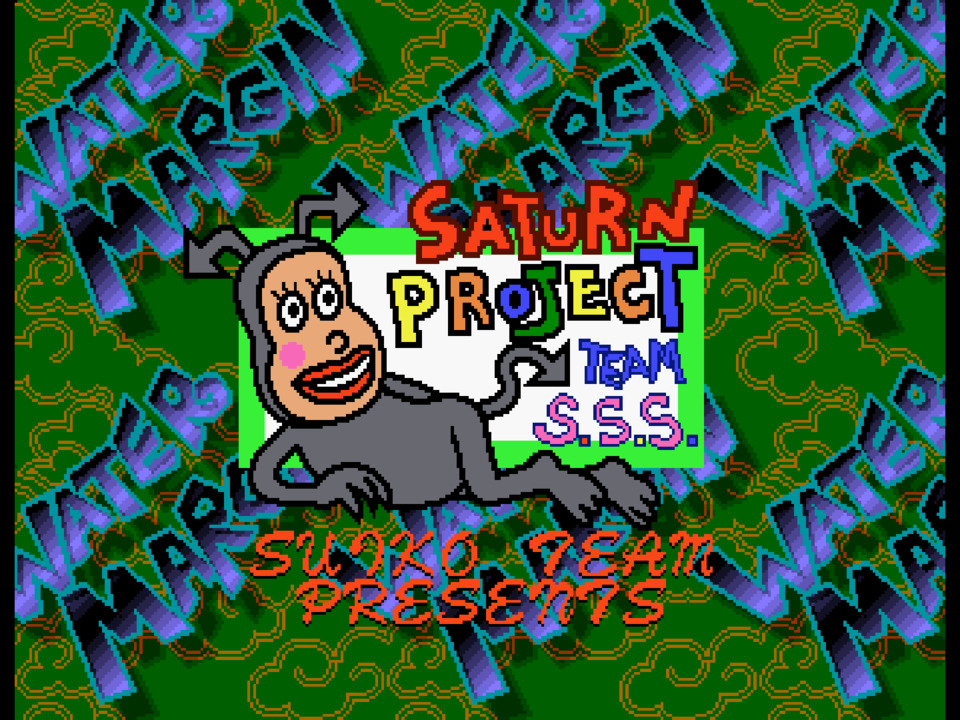
---
Double Switch:

---
Ghen War:
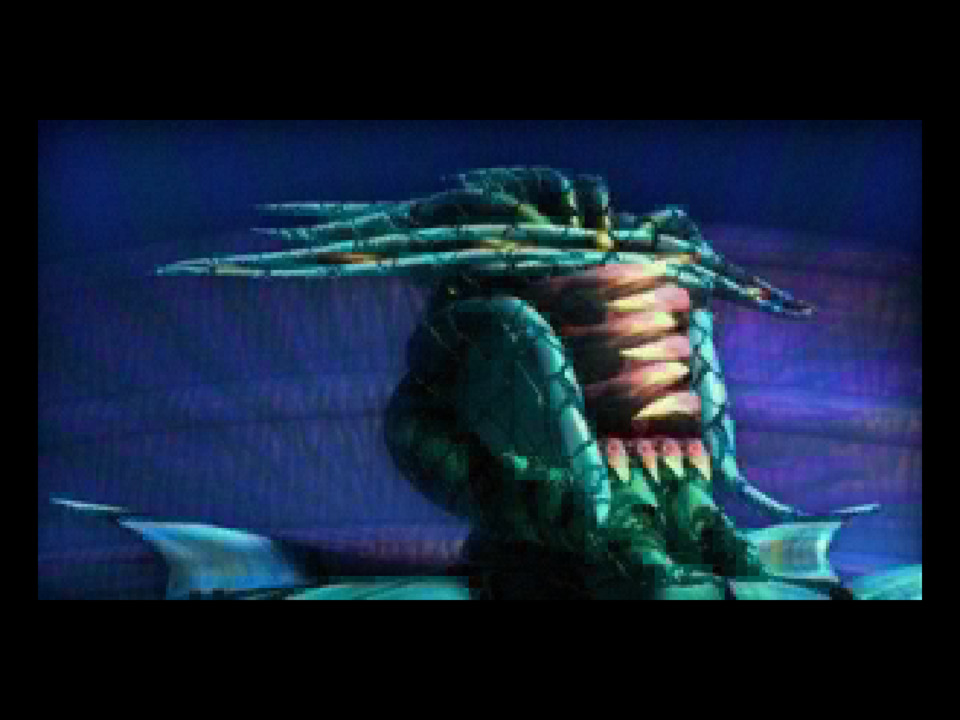
---
Galactic Attack:
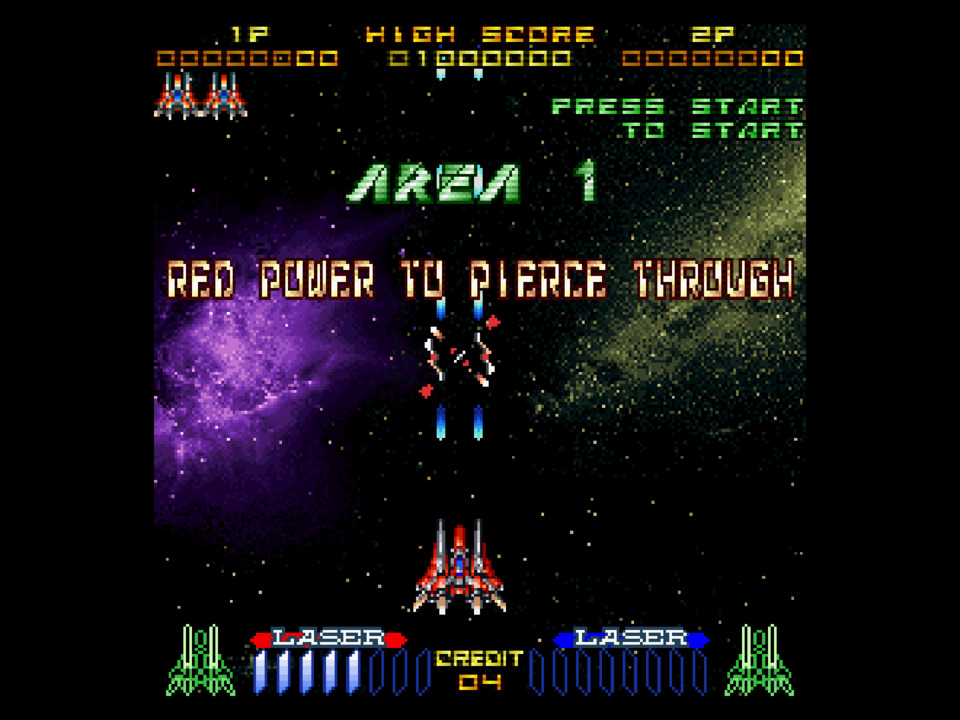
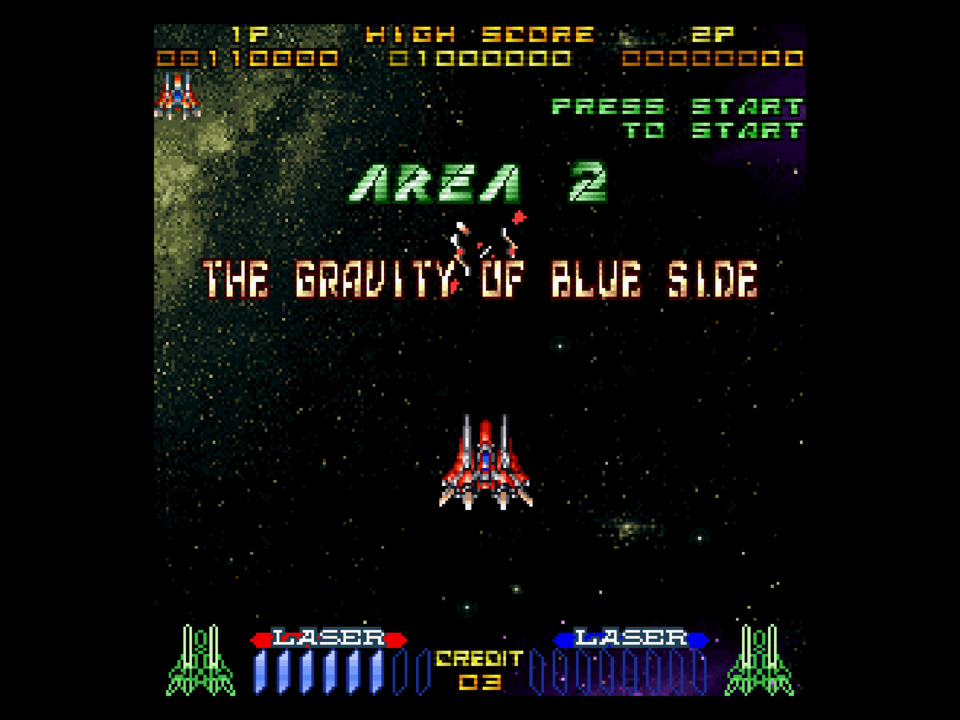
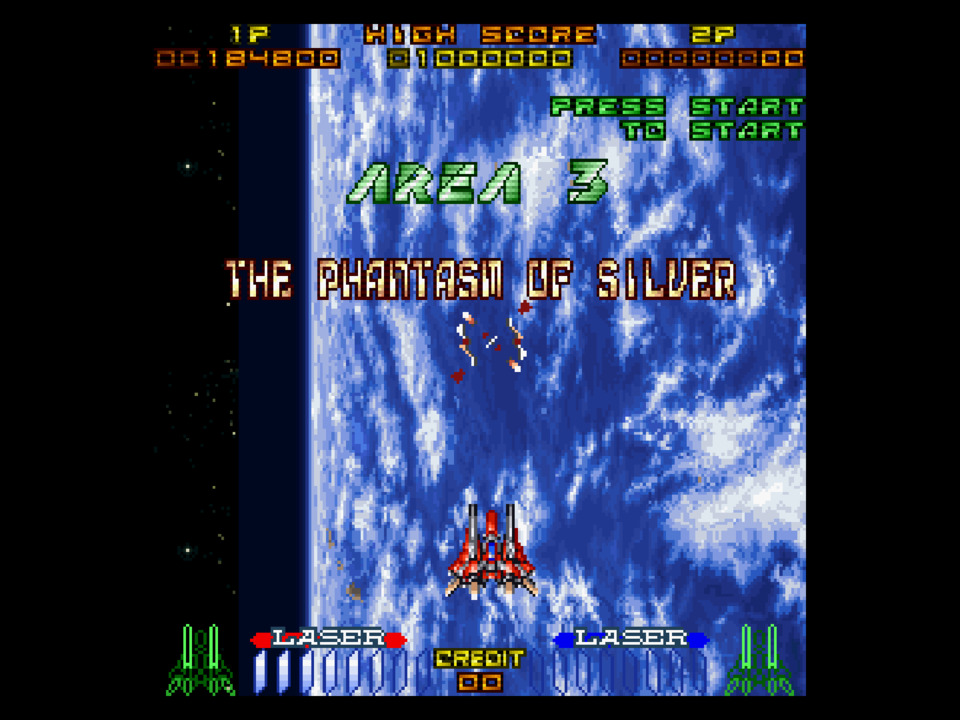
---
Valora Valley Golf:
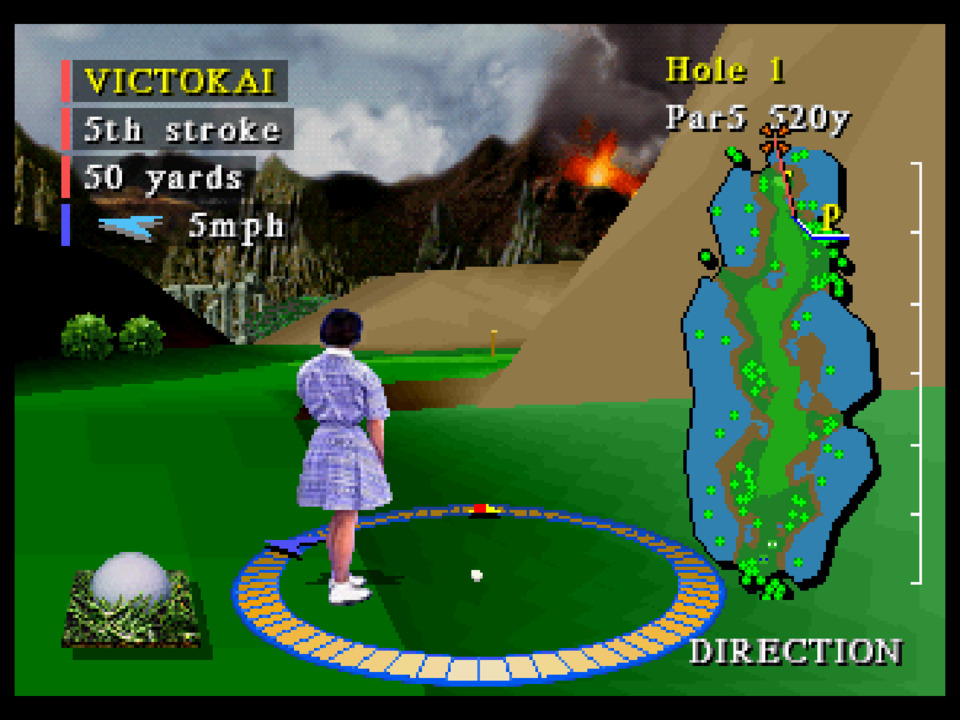
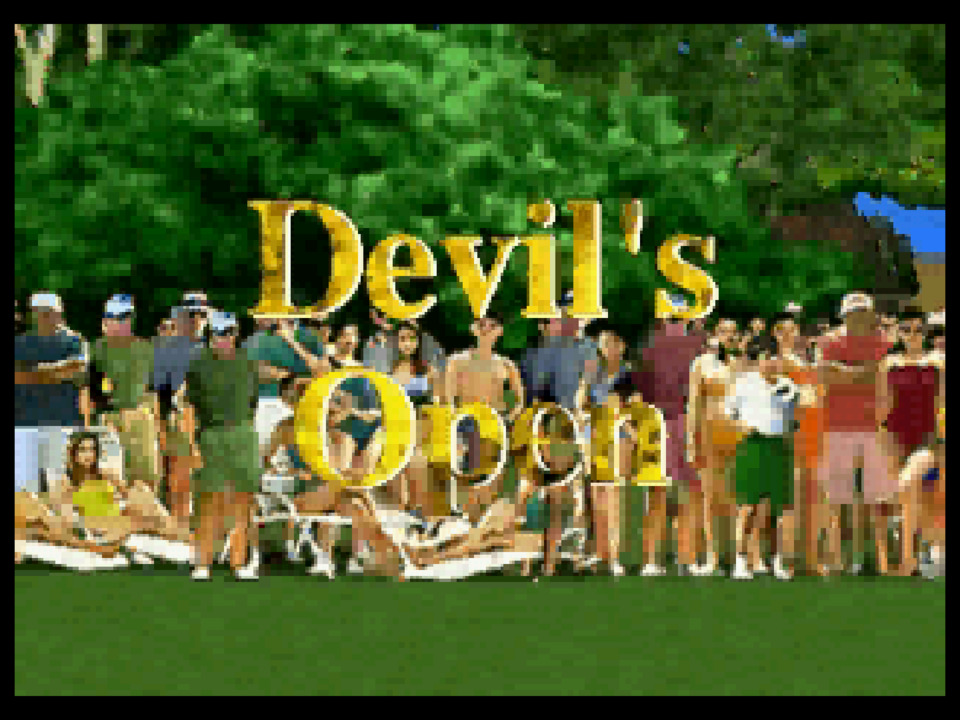
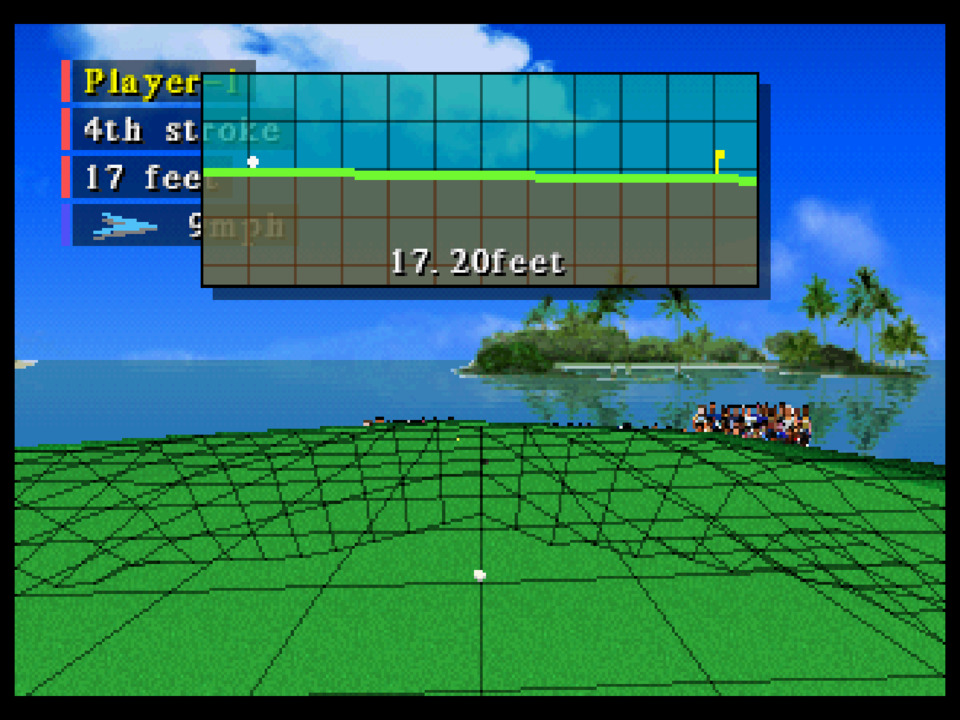
---
Mystaria: Realms of Lore:

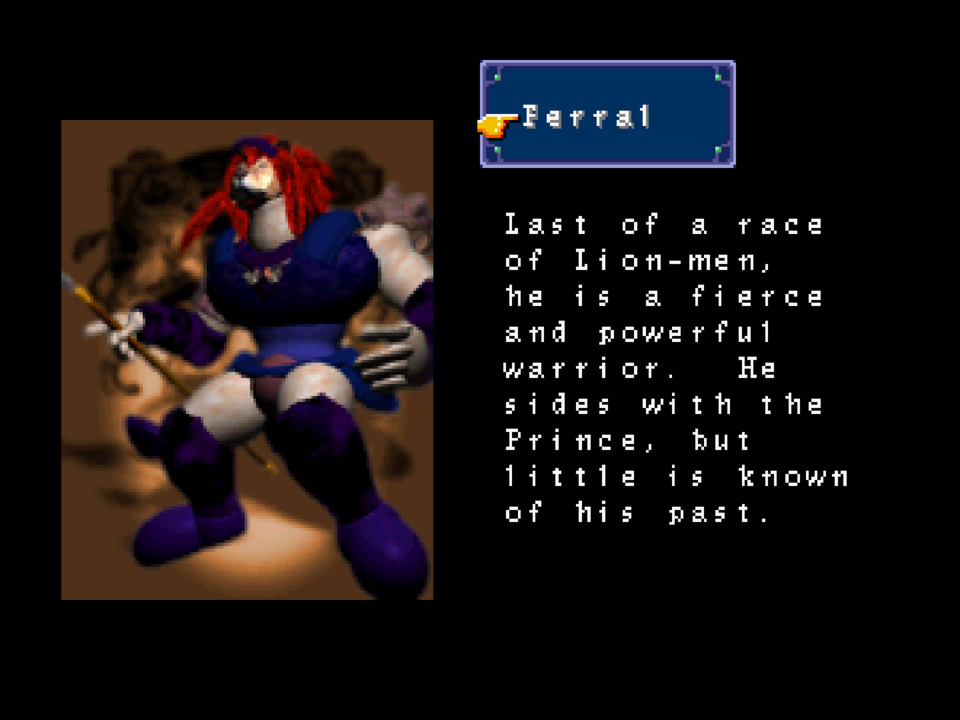
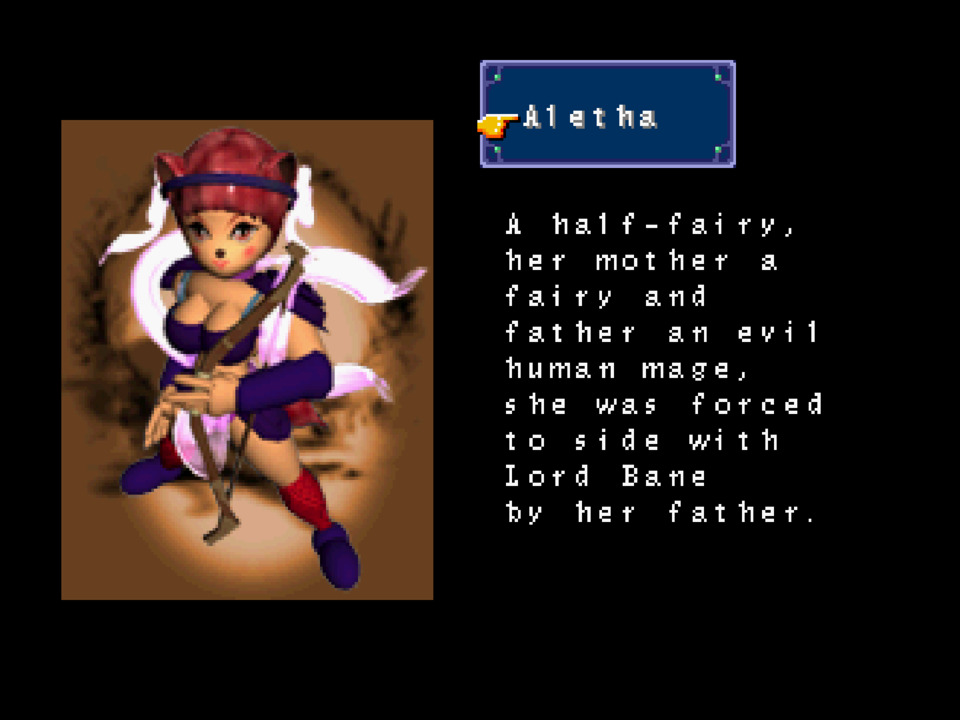

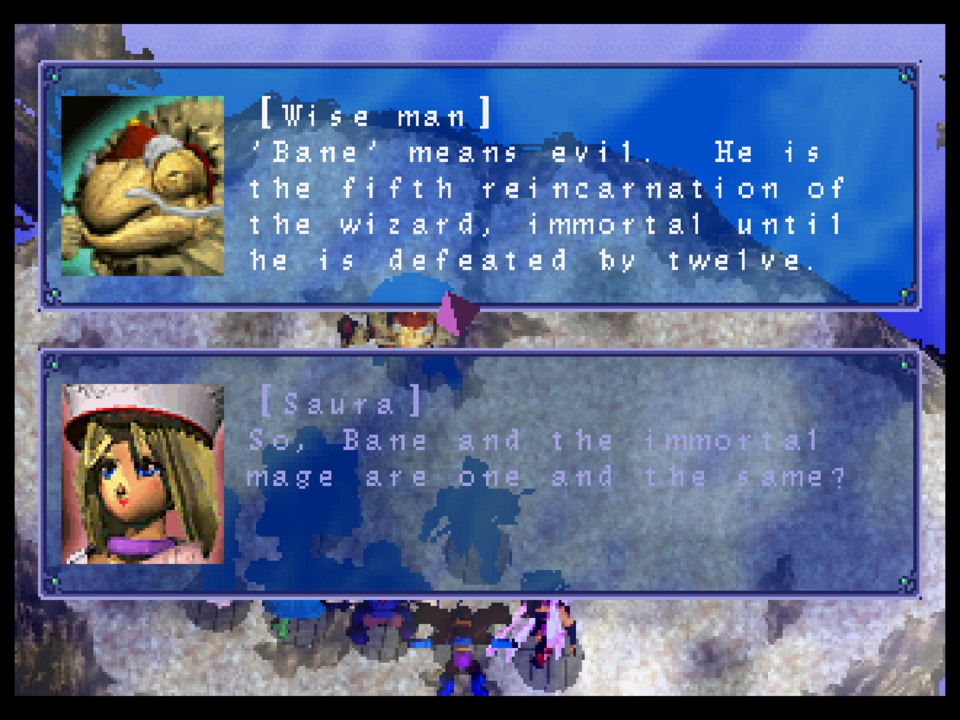
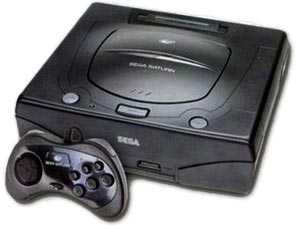
Log in to comment